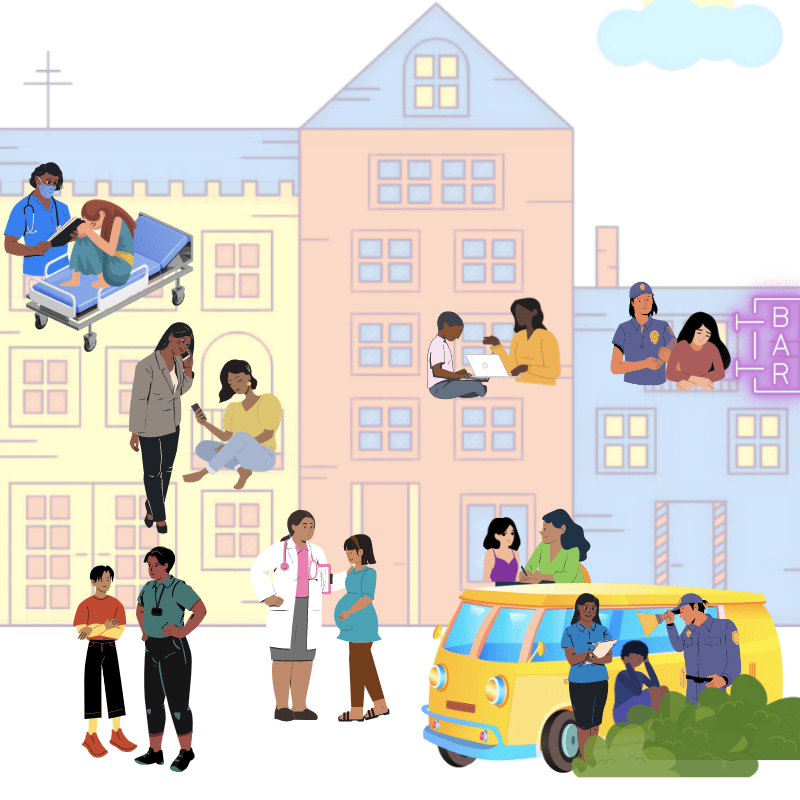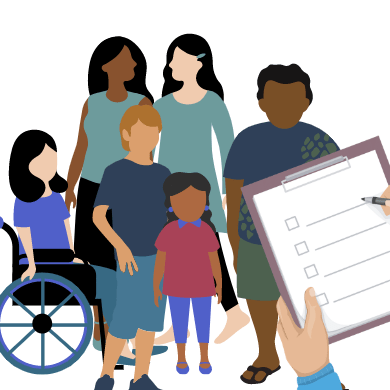Indicators are signs or signals that a person may be a trafficking victim.

Indicators or signals of child trafficking may be based on conversations and interactions with the individual, as well as observation of their behavior, appearance, or circumstances.
Indicators offer critical guidance in the initial screening for preliminary identification, but they must be applied with some care and caution. Usually, several indicators are present at the same time. However, even if only one indicator is detected, the situation should be assessed in order to determine whether the individual is a potential trafficking victim or in another situation of vulnerability or abuse.
The presence of indicators does not mean that trafficking in persons has been firmly established. The presence of indicators should lead to further inquiry and investigation of the individual’s situation and experiences. Equally, the absence of indicators does not mean that the individual is not a trafficking victim.
The indicators below are signs that a child or adolescent may be experiencing or has experienced exploitation.
The presence of indicators should lead practitioners to undertake a careful examination of the situation to determine if the child or adolescent may be a presumed child trafficking victim.
The presence of indicators should lead practitioners to undertake a careful examination of the situation to determine if the child or adolescent may be a presumed child trafficking victim.

These indicators are not intended to be used in interviewing a child or adolescent, but rather signal the need to contact PANI if they are observed during interactions with a child or adolescent.
In all cases where a child or adolescent is experiencing or at risk of any form of harm, PANI should be notified and the child or adolescent should receive information about the protection and assistance available to them.
Not all indicators listed on this webpage will occur in every situation of child trafficking and the presence of any of these indicators is not necessarily proof of child trafficking.
Indicators are meant as a basis for further inquiry and do not, on their own, constitute conclusive determinations of victim status.

Indicators are meant as a basis for further inquiry and do not, on their own, constitute conclusive determinations of victim status.

Developed by and © 2024 Warnath Group, LLC. All Rights Reserved.
The development of the IACT Learning Hub was funded through a cooperative agreement with the U.S. Department of State. The opinions, findings, and conclusions stated herein are those of the developers and do not necessarily reflect those of the U.S. Department of State.
Privacy Policy • Terms of Use • About the IACT Program